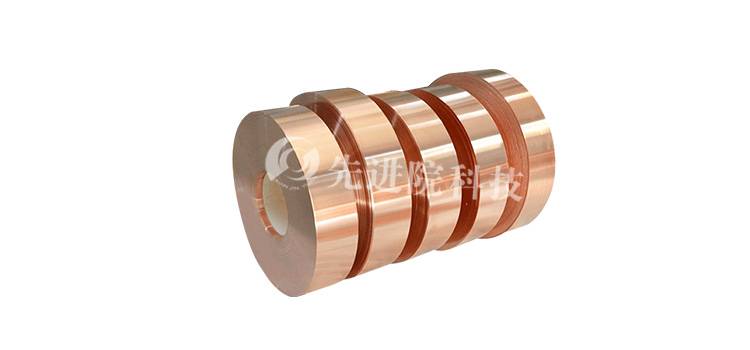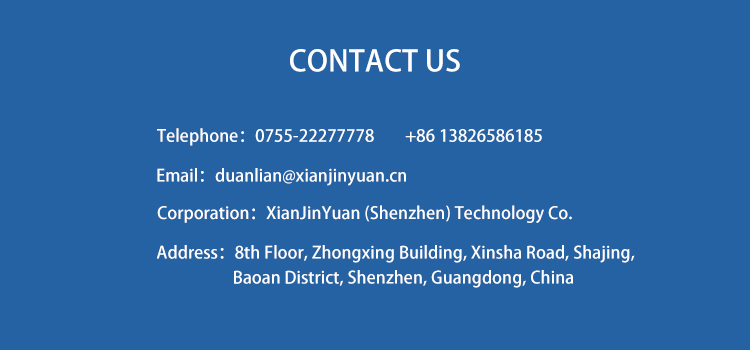In lithium-ion batteries,
Electrolytic copper foilIt serves as both a carrier for negative electrode active materials and a collector and conductor for negative electrode electrons. Generally speaking, in industry, copper foil can be divided into thick copper foil, conventional copper foil, thin copper foil, and ultra-thin copper foil according to thickness.
ultra thin copper foilDue to its low strength, it is prone to wrinkling, tearing, and other issues, making preparation, transportation, and application very difficult. In commercial applications, preparing ultra-thin, high-strength, and highly conductive copper foils is both a goal and a challenge.
Electrolytic copper foil is one of the important raw materials in the manufacturing of copper-clad laminates, printed circuit boards, and lithium-ion batteries. According to different application fields, it can be divided into lithium copper foil and standard copper foil; According to the thickness of copper foil, it can be divided into ultra-thin copper foil, ultra-thin copper foil, thin copper foil, conventional copper foil, and thick copper foil; According to different surface conditions, it can be divided into double-sided smooth copper foil, double-sided rough copper foil, single-sided rough copper foil, and ultra-low profile copper foil.
At present, there is a large demand for lithium batteries, and due to factors such as technology research and development, capital investment, and production line construction, the supply and demand of lithium battery copper foil in China have become tight. Domestic electrolytic copper foil enterprises have begun to build production lines, mainly focusing on 6m specification production lines, and some leading enterprises have also laid out 4.5m and 4m production lines.
Currently, the most commonly used type of lithium battery is electrolytic copper foil:
Electrolytic copper foil is made by using copper sulfate solution as raw material, where copper ions precipitate on a rotating cathode made of titanium or stainless steel, and the precipitated copper foil is continuously peeled off to produce copper foil. Then treat the surface according to the usage requirements.
The shipment volume of lithium battery copper foil has sharply increased
In recent years, there has been a global trend towards clean energy, with the continuous increase in shipments of new energy vehicles driving up the demand for power batteries, and the growth of energy storage batteries due to the increase in installed capacity of solar and wind power. The rapid development of the downstream main application areas of lithium copper foil in the above industries has stimulatedLithium ion copper foilThe vitality of the market. From 2016 to 2020, the shipment volume of lithium battery copper foil in China has been increasing year by year, with a shipment volume of 125000 tons in 2020. In 2021, China's new energy vehicle industry entered a period of explosive growth. At the same time, with the increasing investment in clean energy by the government, the demand for energy storage batteries in the market has increased. As an important raw material, the shipment volume of lithium copper foil has sharply increased. In 2021, the shipment volume of lithium copper foil in China reached 280500 tons.






